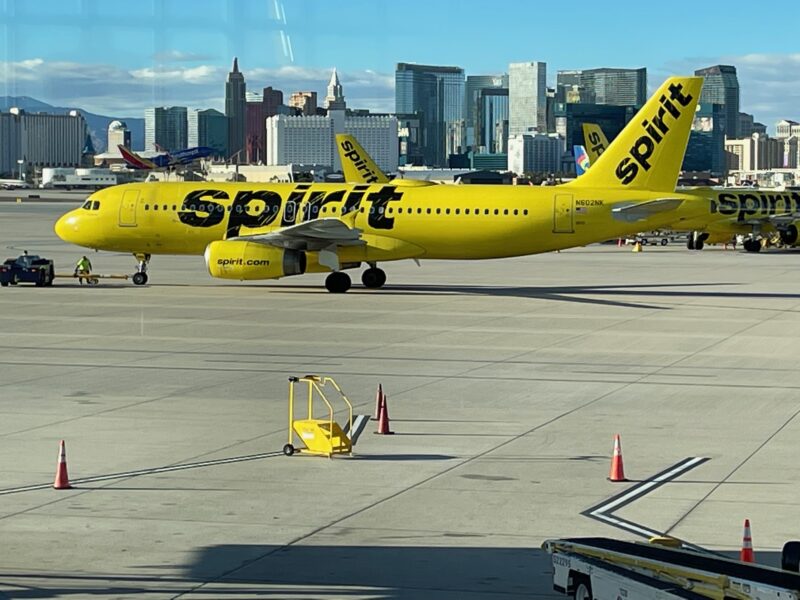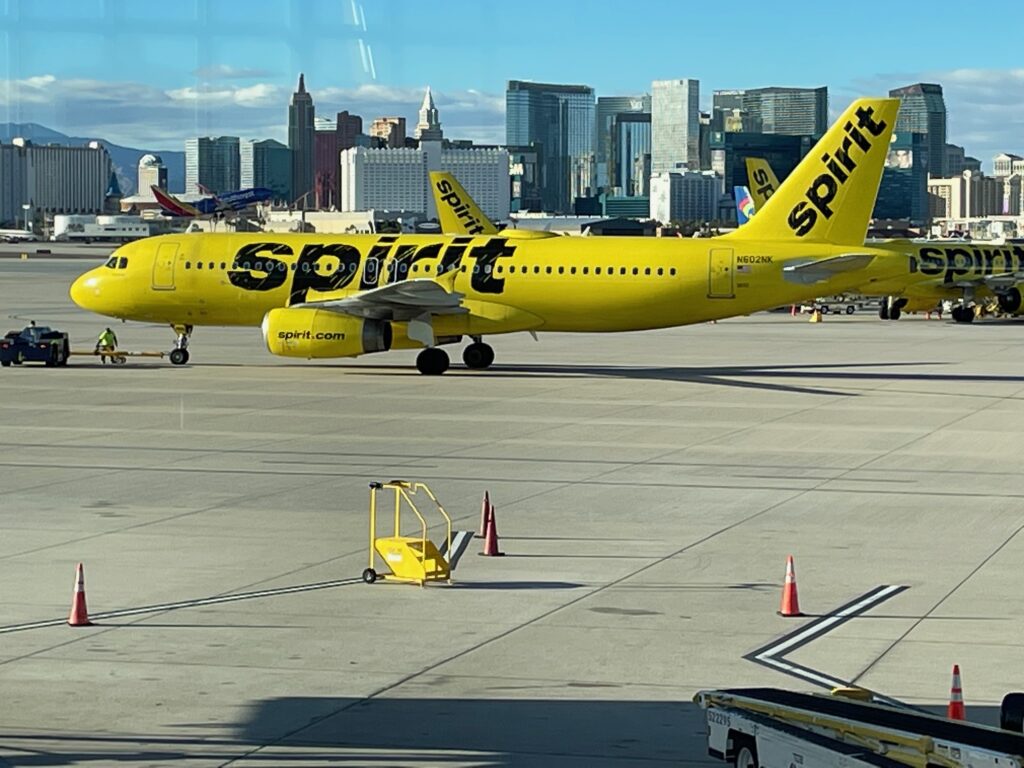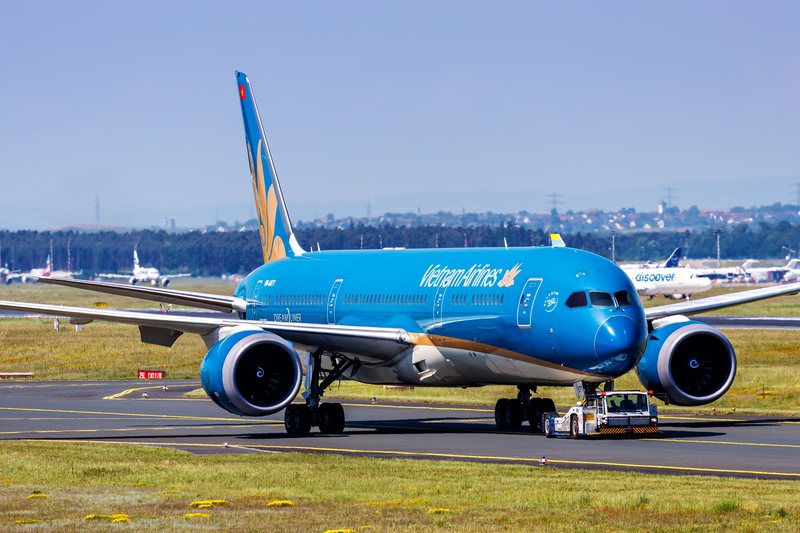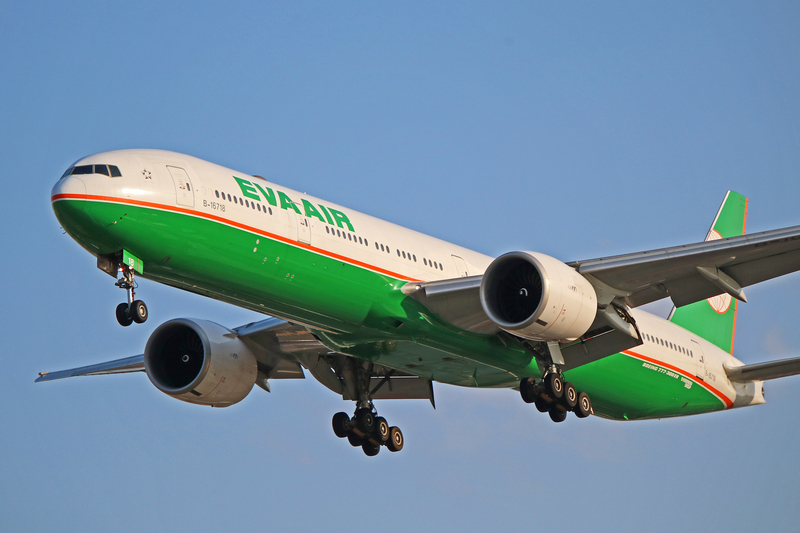Spirit Airlines Files for Chapter 11 Bankruptcy Amid Financial Struggles

Image Provided by John Cushma
Spirit Airlines, a prominent U.S. budget carrier, has filed for Chapter 11 bankruptcy protection, citing significant financial challenges exacerbated by the COVID-19 pandemic, rising operational costs, and fierce competition. Known for its low-cost model and extensive network across the U.S., Latin America, and the Caribbean, Spirit is now undertaking a financial restructuring to stabilize its future operations.
Reasons Behind the Filing
Despite a strong rebound in travel demand post-pandemic, Spirit Airlines has been unable to recover from the financial impact of the past few years. The airline has reported losses in five of the last six quarters and faces approximately $1.1 billion in debt. Rising fuel costs, increased operating expenses, and stiff competition from other low-cost carriers have further strained its finances.
Failed merger attempts with Frontier Airlines and JetBlue Airways also played a critical role in the carrier’s current financial state. These proposed mergers, which were blocked by regulatory concerns, could have provided Spirit with the resources needed to weather ongoing economic challenges.
Impact on Operations and Passengers
Spirit Airlines has assured its customers that there will be no immediate disruptions to its operations. All existing tickets, loyalty points, and membership perks will remain valid, and the airline will continue to operate flights while undergoing restructuring. However, the airline has already reduced its flight schedule and hinted at potential further cuts, which could affect route availability.
For passengers, the bankruptcy raises concerns about the stability of their future travel plans and the reliability of Spirit’s loyalty programs, especially as the busy holiday travel season approaches. Additionally, reduced capacity may lead to higher fares across the market, impacting budget-conscious travelers.
Strategic Goals of the Bankruptcy Process
The Chapter 11 filing is intended to give Spirit Airlines the opportunity to restructure its debt and negotiate new terms with creditors. The airline aims to emerge from the process as a more financially sustainable and competitive carrier. Spirit has emphasized that its focus remains on serving customers with affordable travel options while addressing its financial challenges.
The restructuring plan is expected to involve:
- Debt Renegotiation: Reaching agreements with creditors to manage existing liabilities.
- Operational Adjustments: Streamlining operations to improve efficiency and reduce costs.
- Market Positioning: Reassessing its route network and competitive strategies in the low-cost airline sector.
Broader Implications for the Aviation Industry
Spirit Airlines’ bankruptcy filing is likely to have ripple effects across the aviation industry. As one of the largest budget carriers in the U.S., Spirit has played a key role in keeping airfares competitive. Its financial troubles could lead to reduced competition, resulting in higher fares for consumers in certain markets.
Competitors, including Frontier Airlines and JetBlue, may benefit from Spirit’s restructuring as they absorb displaced passengers and expand their market shares. Meanwhile, regulators and analysts will closely monitor the process to assess its impact on the low-cost airline segment.
Looking Ahead
Spirit Airlines’ future depends on the success of its restructuring efforts and its ability to adapt to a challenging economic environment. While the Chapter 11 process offers the opportunity for a fresh start, the road ahead will require strategic decision-making and careful management to ensure long-term sustainability.
Passengers and industry stakeholders alike will be watching closely as Spirit navigates this pivotal moment, with hopes that the carrier can continue to deliver on its promise of affordable travel.





